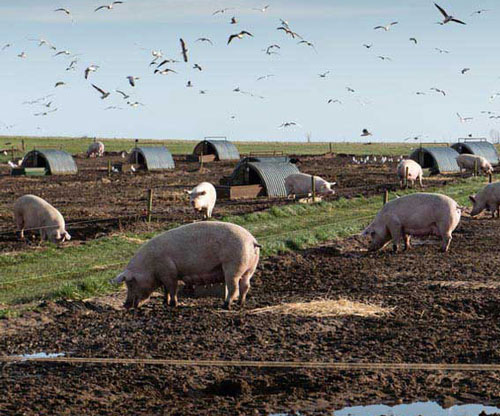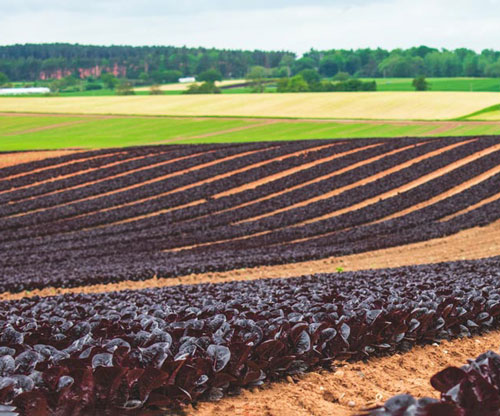Fruit horticulture
19 March: Site maintenance at 16:00 GMT today - if you are logged in at this time you will be logged out briefly.
Fruit horticulture
Fruit horticulture
England has a great reputation for producing high quality apples and pears, from famous varieties such as Cox’s Orange Pippin, Bramley cooking apples and Conference pears to new names such as Braeburn and Jazz.
Cherries and plums are also popular. Trees are often covered in netting to protect them from birds, and some are even grown under polytunnels.
Chemical-free pest control
A lot of research has gone into fruit growing, especially chemical-free pest and disease control. Orchards are increasingly managed with nature in mind, with areas left to grow wild to attract bees and other insects that are vital for pollinating the fruit, while nest boxes bring in birds that can feast on potential pests.
Rhubarb is another traditional English fruit. Much is grown in a so-called Rhubarb Triangle in West Yorkshire, where the fruit begins life outside for a year before being brought into forcing sheds to carry on growing. The dark conditions in these sheds give it a sweeter, more delicate flavour.
Most soft fruit, like strawberries and raspberries, are now grown under cover, which has improved its quality and availability. The likes of blueberries, blackberries and blackcurrants are still grown outside and need careful tending.
Picking and packing fruit, often using specialist machinery, is a key job, with new cold storage systems allowing producers to supply fruit all year. In orchards, knowing how and when to prune trees is an important skill.
Click through the graphic below to get a better idea of the typical tasks and responsibilities involved in working with soft fruit production throughout the year.
Find out more about other sectors in farming and growing in England.

